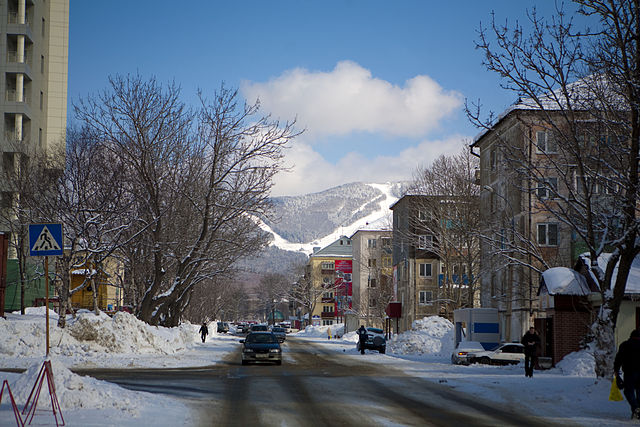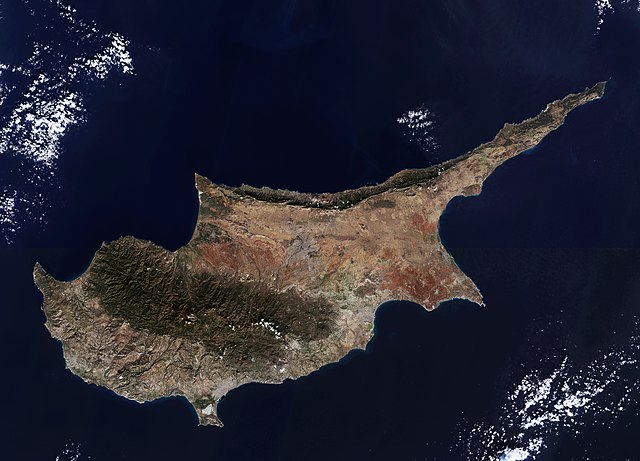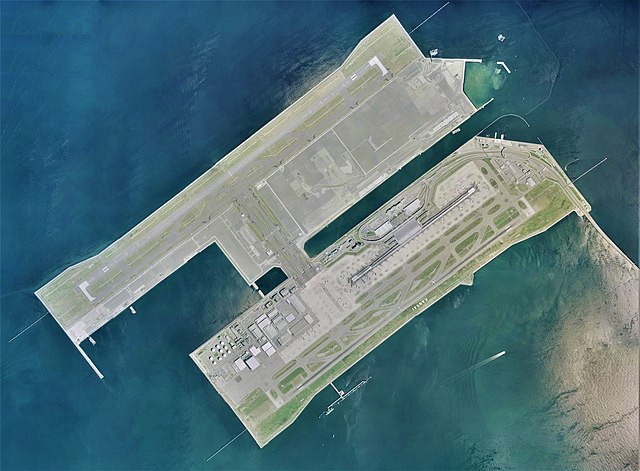Sakhalin is an island in Northeast Asia. Its north coast lies 6.5 km (4.0 mi) off the southeastern coast of Khabarovsk Krai in Russia, while its southern tip lies 40 kilometres (25 mi) north of Japan's Hokkaido. A marginal island of the West Pacific, Sakhalin divides the Sea of Okhotsk to its east from the Sea of Japan to its southwest. It is administered as part of Sakhalin Oblast and is the largest island of Russia, with an area of 72,492 square kilometres (27,989 sq mi). The island has a population of roughly 500,000, the majority of whom are Russians. The indigenous peoples of the island are the Ainu, Oroks, and Nivkhs, who are now present in very small numbers.
La Perouse charted most of the southwestern coast of Sakhalin (or "Tchoka", as he heard natives call it) in 1787
Anton Chekhov museum in Alexandrovsk-Sakhalinsky, Russia. It is the house where he stayed in Sakhalin during 1890.
Central part of Yuzhno-Sakhalinsk, 2009
Velikan Cape, Sakhalin
An island or isle is a piece of subcontinental land completely surrounded by water. Very small islands such as emergent land features on atolls can be called islets, skerries, cays or keys. An island in a river or a lake island may be called an eyot or ait, and a small island off the coast may be called a holm. Sedimentary islands in the Ganges Delta are called chars. A grouping of geographically or geologically related islands, such as the Philippines, is referred to as an archipelago.
Cyprus, the third largest island in the Mediterranean. Cyprus is about 240 km long and 100 km wide.
Plane landing on an airport island, Velana International Airport, Hulhulé Island, Maldives
Kansai International Airport, on an artificial island







